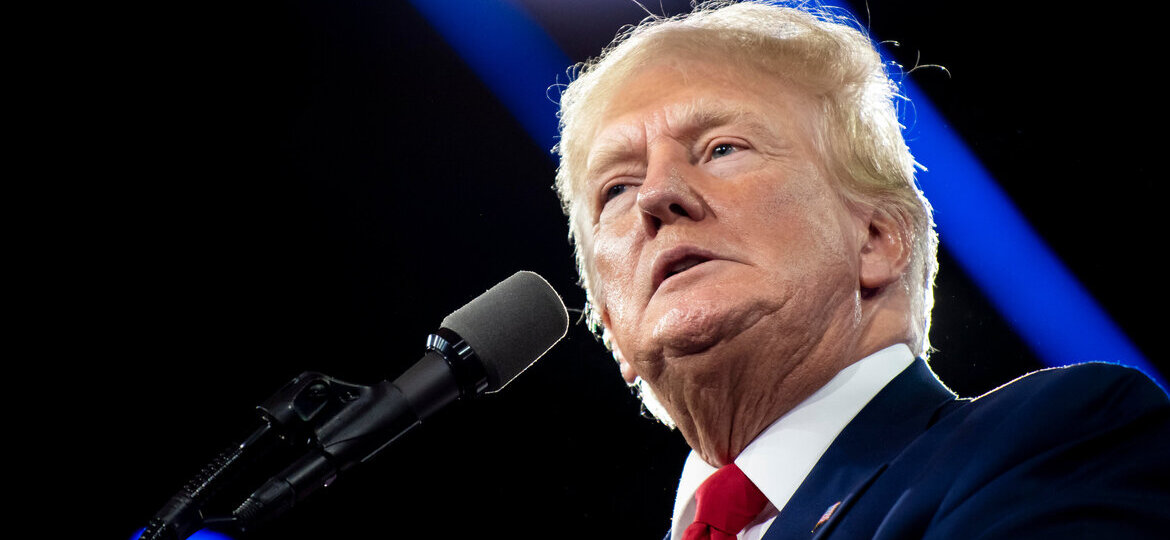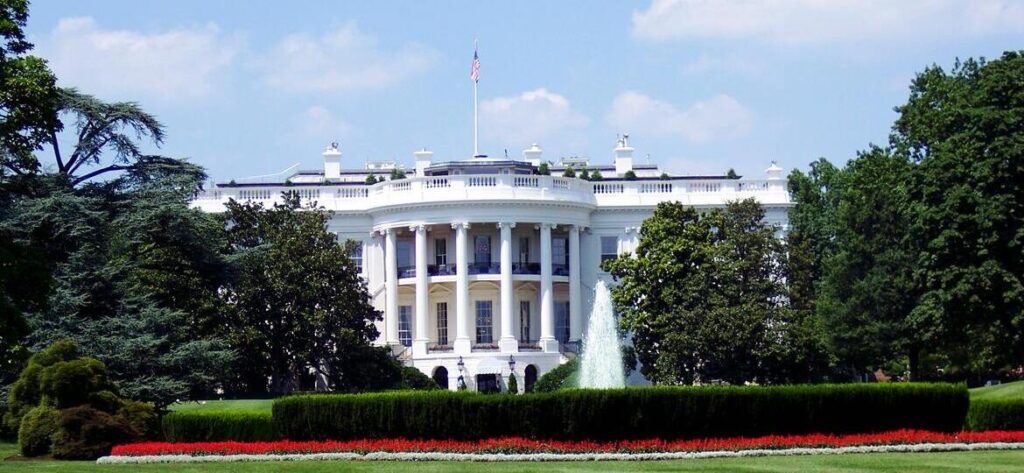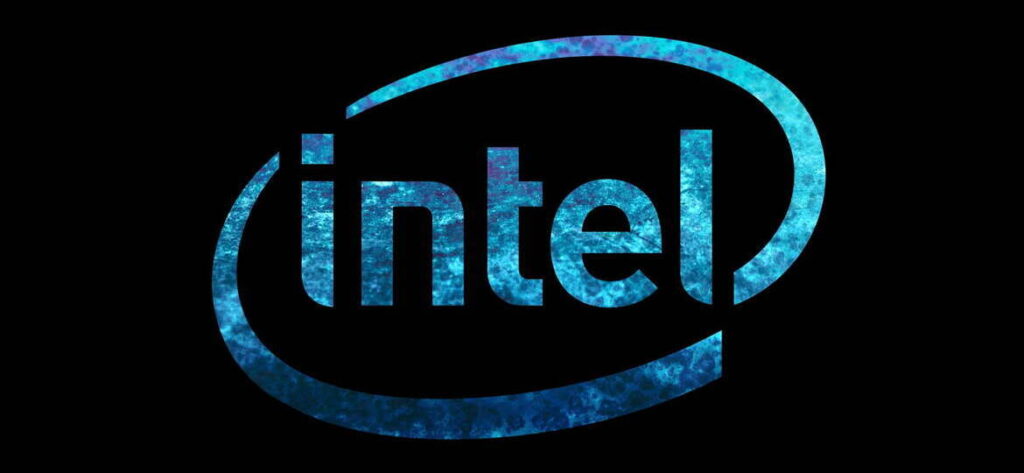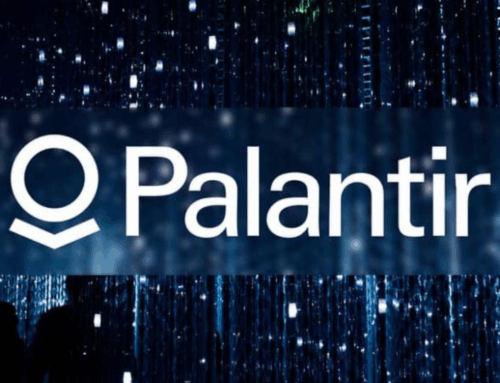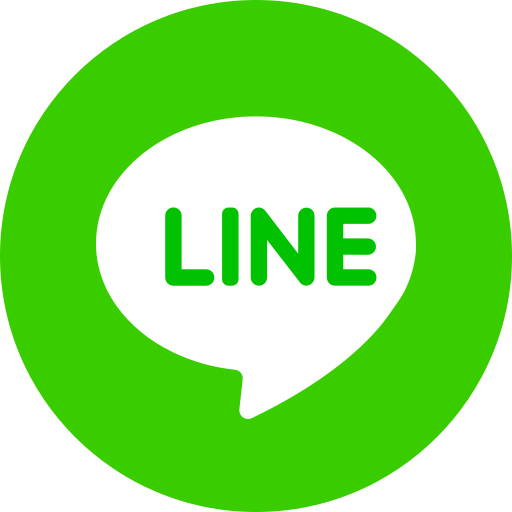August_Semiconductor Tariffs|Semiconductor 300% Tariffs: From Penalties to Incentives
Author: Mr. Lin Weizhi, Executive Vice President, Ji-Pu Industrial Trend Research Institute
Trump threw out a tariff of 200-300% semiconductors at Air Force One on the 15th of U.S. time and announced that it would be finalized in the last 1~2 weeks. This statement is understood as a kind of high-anchor negotiation and industrial policy signals: the number of names should be large, the time point should be close, but when the real landing will certainly be accompanied by exemptions, phasing and investment bundling and other details. My analysis has always been that if the US wants to clamp down on China and the red supply chain, it would be most effective to tax the end products according to the "chip origin" and the proportion of production in the US. However, as we enter the end of August, the international situation and supply chain behavior have changed. Many U.S. terminal brands and cloud service providers (CSPs) are announcing their investments in the U.S. and seeking exemptions from U.S. tax. For example, Apple has increased its investment by another $100 billion to a cumulative total of $600 billion, and has deepened its cooperation with GlobalFoundries to strengthen U.S. domestic production capacity. If an exaggeratedly high tariff is really announced against this backdrop, I'd be more inclined to think of it as

